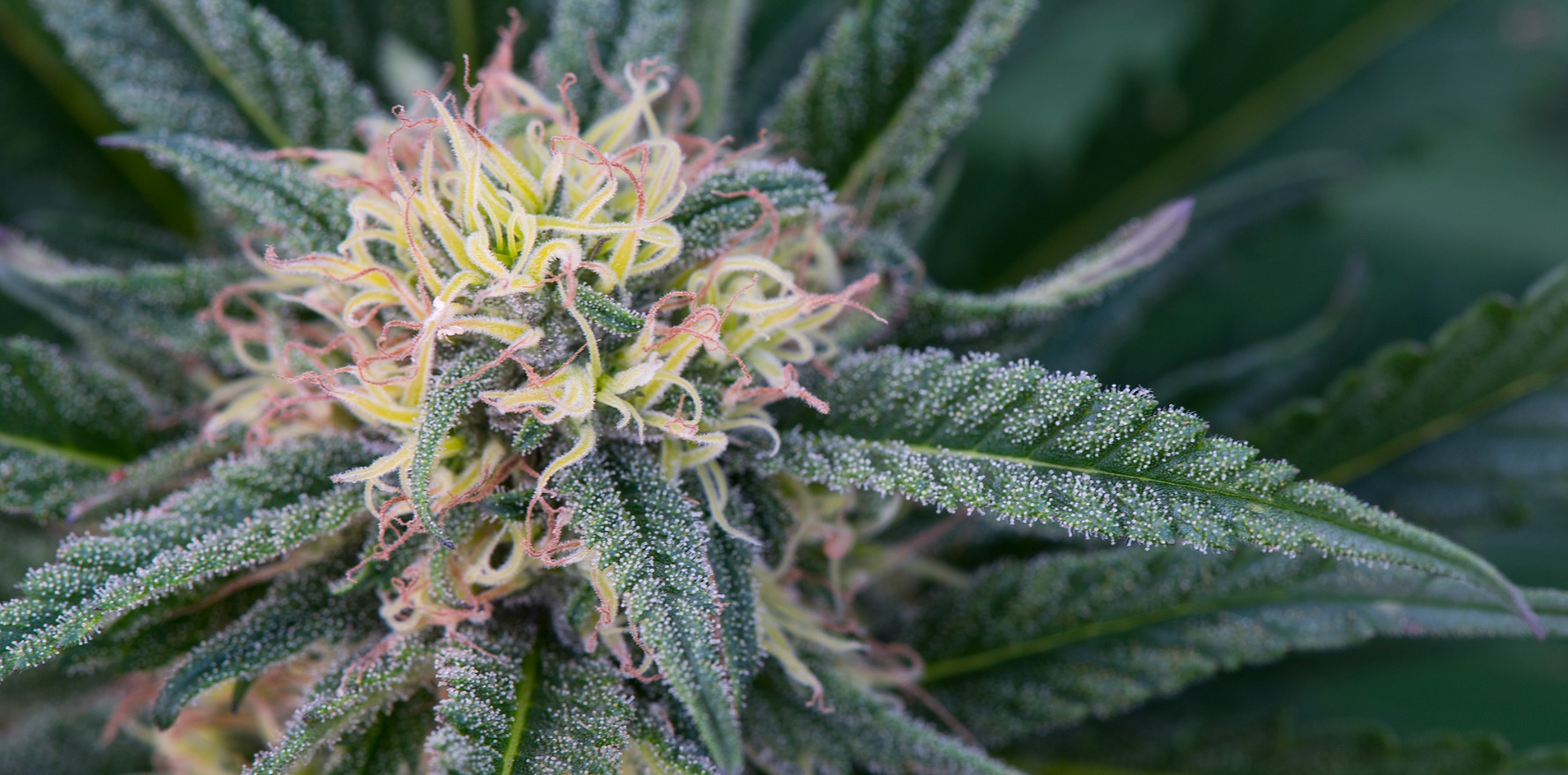But there's work to do to reduce stigma and build ‘balanced’ public and professional understanding of risks.
As more states flirt with the idea of legalising recreational cannabis, Australia must learn from overseas and bolster its health sector to facilitate “nuanced” conversations about individual risks and to reduce stigma, experts say.
In 2020 the ACT was the first Australian jurisdiction to allow its residence to possess, use and grow cannabis for recreational use. Now, adults can possess up to 50g of dried cannabis or 150g of fresh cannabis and grow up to two plants per person or four per household.
As more countries join the movement to legalise recreational cannabis – with Germany the latest country to pass legislation in August – it seems momentum across Australia may be building.
In recent months, the Legalise Cannabis Party introduced draft bills to state parliaments in Victoria, NSW and WA for the legalisation of personal cannabis use.
A federal bill was introduced by the Greens’ Senator David Shoebridge in August to allow possession of up to 50g and six plants per household.
Speaking at a webinar hosted by the Penington Institute last week, cannabis prescriber and psychiatrist at Mackay Private Mental Health Dr Paul Henderson said that although “we’ve started down the path to decriminalisation and depenalisation”, Australia’s “war on drugs” has led to a lack of “balanced education” about the risks of cannabis.
Dr Henderson added that while for a select few the individual risk of poor outcomes remained high, on a population scale the risks were minimal and the harms of criminalisation were considerable, especially for minorities.
The likelihood of developing a use disorder remained low, he said, with alcohol, tobacco, amphetamines and opiates all having much higher rates of dependence.
Speaking on the gateway hypothesis, Dr Henderson said the research did not suggest that cannabis use facilitated other drug use, but that it could in fact be a useful “exit drug” to help wean addicts off other drugs.
And on schizophrenia risk, which he acknowledged was a concern among the public, Dr Henderson said recent research had shown that the link between cannabis use and schizophrenia risk was not nearly as significant as first publicised in the 60s and 70s.
Clinical psychiatrist and Associate Professor at Monash University Shalini Arunogiri added that recent “sophisticated” longitudinal research had demonstrated the effects of other lifestyle factors on the link between cannabis use and mental health outcomes such as psychosis. She said that many of these studies suggested a correlational relationship between the drug and mental health outcomes rather than causational.
In fact, she added, it was important to consider the health benefits of decriminalisation, as there were “substantial” health risks arising from prohibition, including those related to incarceration.
Instead, Australia should start looking internationally at what makes for a good regulated legal market, said cannabis researcher at Canada’s McGill University Dr Mark Ware.
“You actually have a natural experiment playing out across North America and across the world,” he said.
Dr Ware, who was involved in guiding the Canadian government on legalisation of cannabis, said that the “most striking outcomes that we’ve noticed, from a public health perspective, is the lack of outcomes”.
“The sky didn’t fall in, we did not see epidemics of psychosis, or road traffic accidents, or school leaving and youth-use rates skyrocketing,” he said.
“None of the things that were laid up as potentially public health disasters have played out.”
According to Dr Ware, it’s the policies and regulations around recreational cannabis legalisation that predict health outcomes.
“I think it’s really important to recognise that cannabis isn’t one thing,” added Dr Ware.
“I think the risks have to be nuanced a little bit by the type of cannabis that you’re using, and the way that you’re administering it.”
For higher-THC products, like oils in vaporisers, which are heated and inhaled, the risk of triggering mental health issues ran higher, said Dr Ware. As the THC content dropped down to the “classic 10-15% THC in flowers” this risk dropped, but the smoking-related risks rose.
According to Professor Arunogiri, it’s age of initiation that really affects likelihood of mental health or use disorders, as adolescence is a “really critical period” for brain development.
“Canada tried really hard to restrict access to products to young people through packaging etc. Much of the toxicity that we’re seeing in the emergency room is coming from people using unregulated products,” said Dr Ware.
“Quebec has a much more restrictive policy around what’s available. And they have much lower rates of any sort of childhood poisoning because they have fewer products available.”
But beyond regulatory policy, Professor Arunogiri said that Australia had work to do on its health systems.
“In Australia, what we’re really cognisant of is a lack of services, for addiction particularly, and really entrenched stigma in the population around substance use disorders more broadly,” she said.
Dr Henderson said that the answers may lie in expanding health professionals’ understanding of relative risk factors for individuals, hopefully enabling “nuanced” discussions through a deeper understanding of dosage, potency and tolerance.
He said that “open discussion” between patients and doctors would increase potential for “harm reduction” through healthcare.





